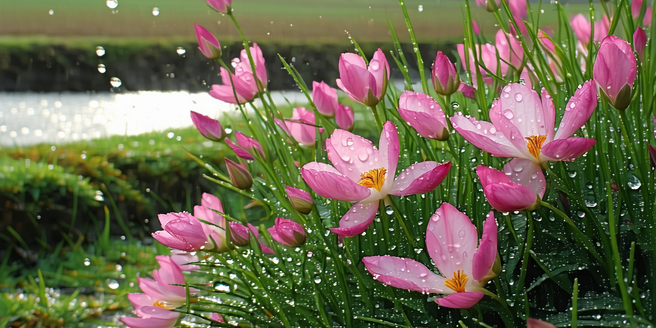
Understanding Riverside’s Unique Climate Patterns
Riverside’s climate is influenced by a combination of inland and coastal weather systems. The proximity to water bodies allows for a temperate climate, with mild winters and warm summers. However, variations in elevation can create microclimates, making the area unpredictable at times. This unpredictability adds an element of surprise for both locals and visitors alike. Understanding these patterns is crucial for those exploring the area, ensuring they are prepared for sudden changes in weather. From sporadic rainfall to gusty winds, Riverside offers a delightful challenge for weather enthusiasts and those looking to capture its unique environment through photography. Knowing the seasonal shifts, such as the spring bloom or the autumn cooling, helps photographers plan their visits, capturing the essence of Riverside’s natural beauty.
Best Times of Year for Riverside Photography
Photographers seeking to capture Riverside at its most photogenic should consider visiting during spring and autumn. In spring, the area comes alive with vibrant blooms, offering stunning backdrops for landscape and nature photography. The moderate climate during this time also provides pleasant shooting conditions. Additionally, local events and festivals during these seasons can add unique cultural elements to your photos. Conversely, autumn showcases a different yet equally captivating palette, as the foliage changes to rich reds and oranges. Early morning or late afternoon light during these seasons can yield magical images, casting warm hues and long shadows. Timing your visit during these peak periods not only enhances your experience but also maximizes the chances of capturing breathtaking shots.
Capturing the River’s Beauty: Equipment and Tips
To effectively capture Riverside’s striking landscapes, photographers should consider carrying both wide-angle and telephoto lenses. A sturdy tripod is essential, given the varied terrain and potential for long-exposure shots by the water. Filters, such as polarized or neutral density, can prove advantageous in controlling reflections and managing exposure during bright daylight. Additionally, carrying extra batteries and memory cards ensures uninterrupted shooting. It’s helpful to check the weather forecast, as overcast skies can enhance certain landscape features. It’s advisable to scout locations in advance, noting how the changing light interacts with the scenery. Taking time to observe the river’s currents and how they interact with the surrounding environment can provide unique compositional opportunities.
Weather Influences on Photography Techniques
The diverse weather patterns in Riverside play a significant role in shaping photography techniques. Overcast skies, for instance, offer diffused lighting, reducing harsh shadows and enhancing the vibrancy of colors. Photographers can capitalize on rainy conditions by using water-resistant gear and capturing reflections or raindrops. Winds can add dynamism to photographs through long-exposure techniques that blur foliage or water movement. Sunny days can create opportunities for dramatic shadows and high-contrast images. It’s important to experiment with different techniques to truly capture the essence of each weather condition. However, preparedness is key; always check weather forecasts prior to shoots to plan accordingly. By embracing Riverside’s varied weather, photographers can discover new perspectives and infuse their work with a sense of atmosphere and drama.
Finding Photogenic Spots Along the Riverside
Riverside boasts a myriad of photogenic spots, perfect for photographers seeking diverse subjects. The riverbanks offer sweeping landscapes and reflections ideal for capturing panoramic views, while nearby parks provide lush environments for botanical photography. Hidden trails leading to lookout points reward adventurers with stunning vistas and unique angles. Visitors will find that each location tells its own story through the lens. The interplay of water and land creates dynamic scenes that vary with the seasons. Photographers should explore early morning or late afternoon when the light is soft and golden, adding depth and warmth to images. Engaging with local guides or nature tours can also unveil lesser-known locations, enriching your photographic journey.
